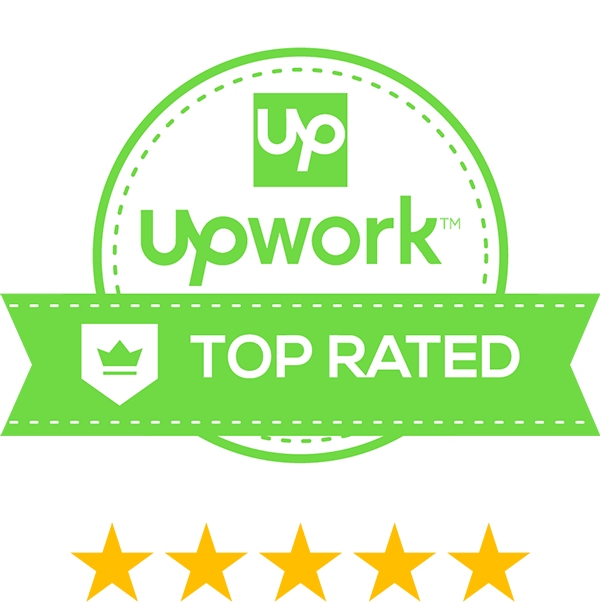Progressive Web Apps (PWAs) are web applications that use modern web capabilities to deliver an app-like experience to users. PWAs are built using standard web technologies like HTML, CSS, and JavaScript, but they behave more like native mobile apps, offering better performance, offline functionality, and an engaging user experience.
Here are the key features and benefits of PWAs:
1. App-like Experience
PWAs provide a user experience similar to native apps. They can be installed on the user’s home screen and run in a standalone window without a browser interface, offering a smooth, immersive experience.
2. Offline Access
One of the standout features of PWAs is their ability to work offline or in areas of poor network connectivity. This is achieved through service workers, which act as a network proxy, caching resources and enabling the app to function offline or with limited connectivity.
3. Cross-platform Compatibility
PWAs are built using standard web technologies, so they are compatible with any device that has a web browser. Whether on desktop or mobile, users get a consistent experience across all platforms.
4. No App Store Required
Users can install PWAs directly from the browser, bypassing app stores like Google Play or Apple’s App Store. This reduces friction in the installation process, potentially increasing user engagement.
5. Push Notifications
PWAs support push notifications, allowing businesses to engage users even when the app is not open, similar to native apps. This feature is particularly useful for re-engagement and driving traffic.
6. Fast and Reliable Performance
Thanks to caching mechanisms like service workers, PWAs load quickly even on slow networks. They pre-cache critical resources, ensuring that the app is ready to be used even in suboptimal conditions.
7. Secure by Default
PWAs must be served over HTTPS, which guarantees that the connection between the app and the user is secure. This ensures data integrity and security, protecting users from man-in-the-middle attacks.
8. Automatic Updates
PWAs update themselves automatically in the background without needing user intervention, ensuring that users always have access to the latest version.
9. Low Development and Maintenance Costs
Unlike native apps, which require separate development for iOS, Android, and other platforms, PWAs only need to be built once. This reduces development time and costs while ensuring a consistent user experience across platforms.
10. Improved SEO
Because PWAs are web-based, they can be indexed by search engines. This enhances their discoverability, which is not the case for most native apps hidden in app stores.
Popular Examples of PWAs:
- Twitter Lite: Offers a fast, reliable mobile experience, especially in areas with poor network connectivity.
- Pinterest: Improved engagement and time spent on their platform after switching to a PWA.
- Forbes: Their PWA led to faster load times and better user engagement.
How to Build a PWA
- Responsive Design: The app must work on different screen sizes and devices.
- Service Workers: Use service workers to cache resources and handle offline requests.
- Web App Manifest: Create a JSON file that provides metadata about the app, such as its name, icons, and theme.
- HTTPS: Ensure the app is served over a secure connection.
- Push Notifications (Optional): Set up push notifications to engage users.
Challenges of PWAs:
- Limited Access to Native Features: PWAs can’t access certain hardware features like NFC, Bluetooth, or some device sensors as native apps can.
- Limited iOS Support: While PWAs are fully supported on Android, iOS has some restrictions, such as limited push notifications and no ability to access certain APIs.
PWAs are an ideal solution for businesses and developers looking to provide a high-quality user experience without the complexity and cost of developing native apps.


